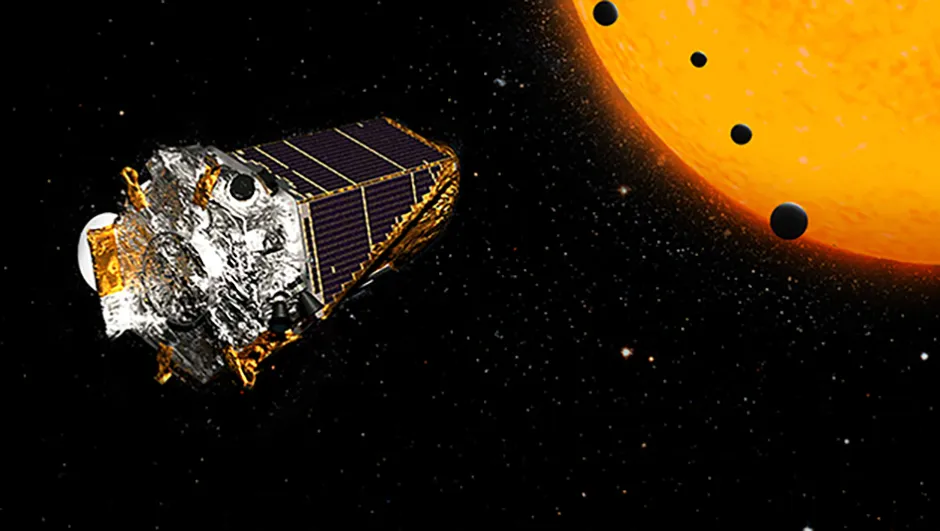The search for Earth-like planets orbiting other suns continues to uncover potentially habitable worlds, but so far not a single 'exomoon' has been observed outside our Solar System.
A group of astronomers are hoping that may be about to change.
Researchers at the University of California, Riverside and the University of Southern Queensland have singled out over 100 giant exoplanets that may host moons capable of supporting life.
The data comes from observations made with the Kepler space telescope.
This exoplanet-hunting satellite was launched in 2009 and has identified thousands of exoplanets, many of them rocky like Earth.
What makes a planet habitable? The Kepler mission seeks to find exoplanets in the habitable zones of their stars, meaning planets that orbit at just the right distance for liquid water to exist on their surface.
But so far, no moons have been discovered orbiting the thousands of exoplanets located by Kepler.
This new study has identified 121 giant exoplanets with orbits within the habitable zones of their host stars.
These gas giants are less common than terrestrial planets, but each could host several large moons.

We currently know of 175 moons orbiting planets within our own Solar System, and most of them orbit large planets Saturn and Jupiter.
This means it is likely that a study of similar planets in other systems could reveal orbiting moons.
And, if those giant exoplanets are closer to their stars than Saturn and Jupiter are to our Sun, their moons could be ideal candidates for habitable bodies.
In our own Solar System, for example, Saturn’s largest moon Titan contains an atmosphere, and is the only dense, nitrogen-rich atmosphere known in the Solar System apart from Earth.
“There are currently 175 known moons orbiting the eight planets in our Solar System," says Stephen Kane, a member of the UCR’s Alternative Earths Astrobiology Center.
"While most of these moons orbit Saturn and Jupiter, which are outside the Sun’s habitable zone, that may not be the case in other solar systems.
“Including rocky exomoons in our search for life in space will greatly expand the places we can look.”
“Now that we have created a database of the known giant planets in the habitable zone of their star, observations of the best candidates for hosting potential exomoons will be made to help refine the expected exomoon properties,” says Michelle Hill, an undergraduate student at the University of Southern Queensland.
“Our follow-up studies will help inform future telescope design so that we can detect these moons, study their properties, and look for signs of life.”

